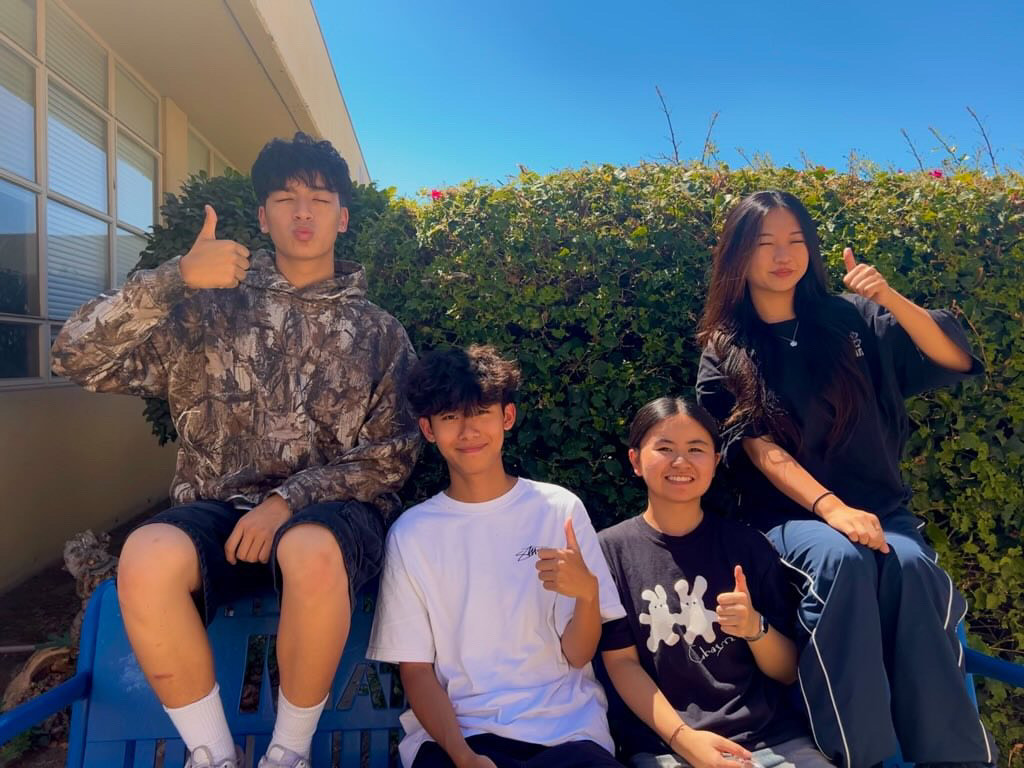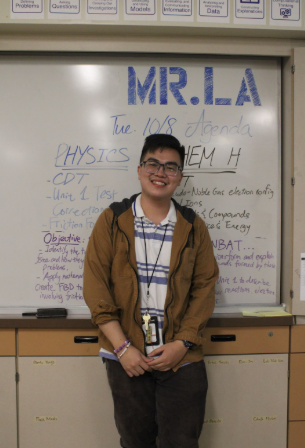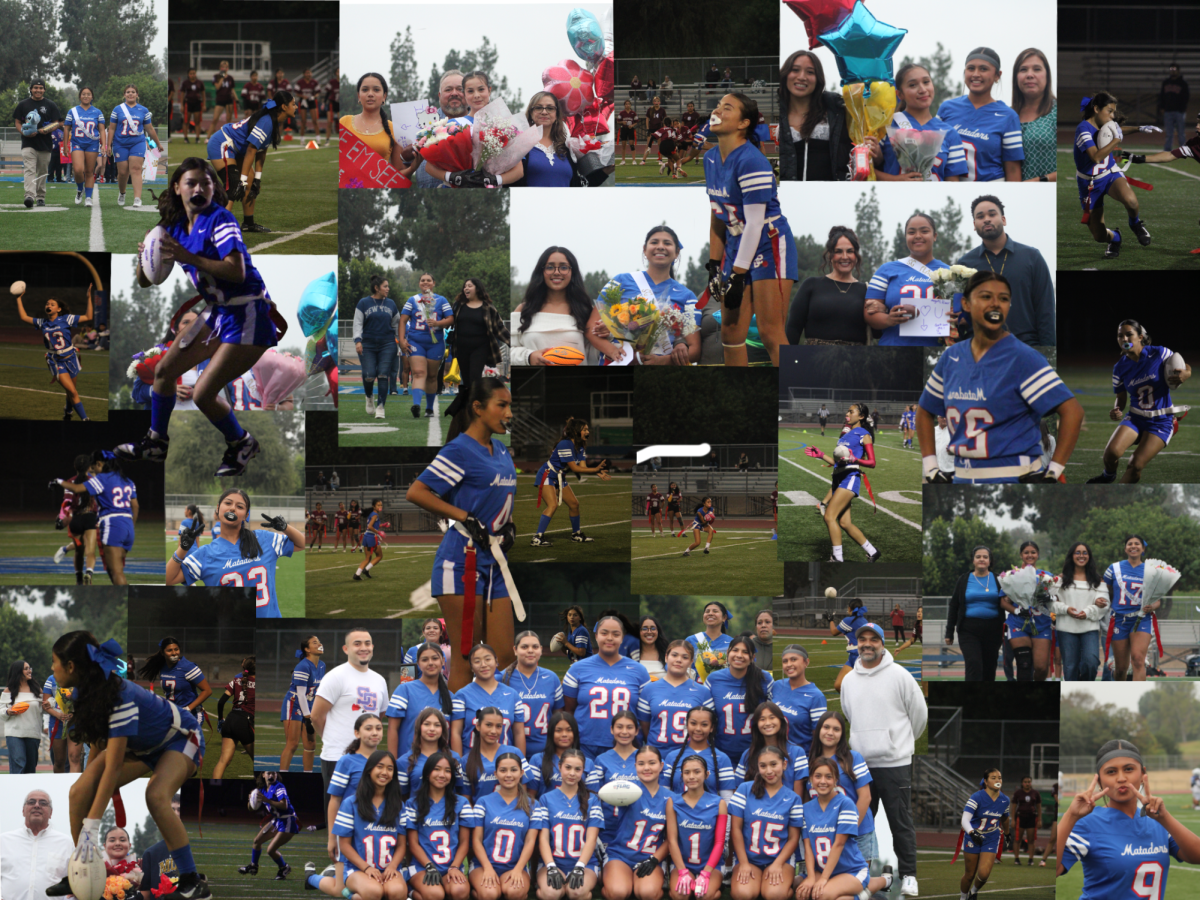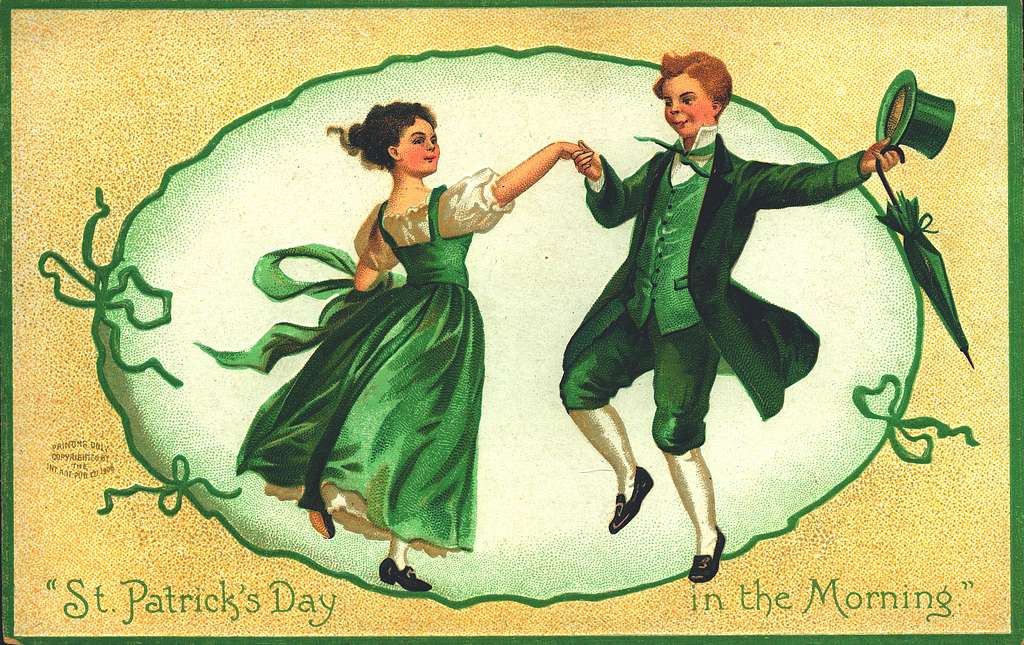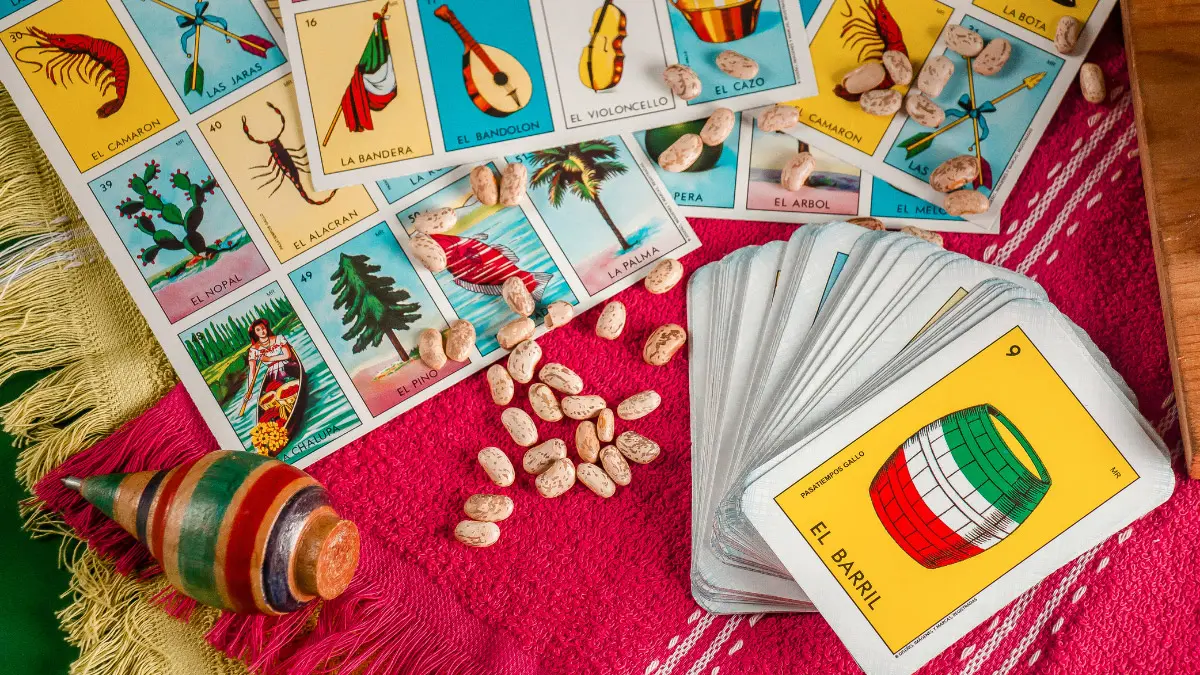Learning is an important and a never-ending process in our day to day lives. While learning is important, being able to effectively study the materials allows maximum gain from the information learned, making the process of studying just as important as learning. Learning and studying intertwine in the lives of high school students, and the ability to balance between learning and studying becomes a vital measurement in accessing the level of understanding of learning materials. With the academic curriculum only getting more rigorous, it becomes crucial for students to build an effective studying routine. A good studying habit allows students to absorb knowledge better, which is a life-long benefit.
Studying is more than reviewing the learned materials. As a result, numerous studying tips and methods are created for students. This article will feature two tips/methods—interleaved practice and S.Q.3.R.—that goes beyond the scope of merely looking at the notes. Both methods have the same objective of learning outcome and reinforcing retention. They are not only applicable on school studies but also on the consumption of daily information.
Interleaved practice is the technique of mixing different topics or subjects in study sessions instead of solely focusing on one topic. An example of interleaved practice is studying for math and history alternatively, which is different from the usual way of spending a chunk of time on one subject, then another chunk for another subject. This practice may seem as though it would cause distractions at first, yet it is helpful in the way that it calls for the adaptation of information in a given situation. In this sense, the person attempting this practice is transferring different knowledge for situations, which is similar to the problem-solving approach in real life where different topics and skills work to complement each other.
S.Q.3.R. stands for “Survey, Question, Read, Recite, Review.” First step, Survey, is a quick skim of the study material, which includes headings and subheadings. Question is the second step, and it is the process of coming up with questions about what was surveyed. Reading is the next step, and it requires the person to read with the intention to answer the questions formed previously. Then, recite the reading in one’s own words. After reciting in either verbal or writing, this leads to the final step: review. Reviewing and revisiting the material frequently to ensure that knowledge seed is growing day by day. S.Q.3.R. works because it is more than merely looking at the notes—the person is required to actively engage with the study material, which calls for deeper comprehension and retention. If you are unsure about whether these two methods are effective or not, the only way to find out is to try them out!



